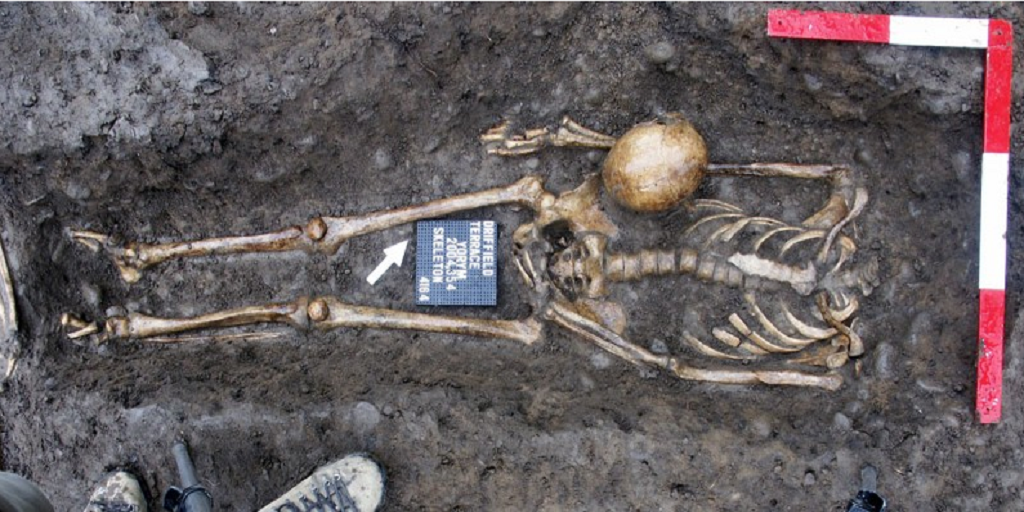The York Archaeological Trust in England is using 3D scanning and modeling to help them solve a fascinating mystery involving the ancient Romans and their notorious fighters, the gladiators.
By the time the ancient Romans had extended their empire to the far reaches of the British Isles and, in particular, to the area in northwestern England that is now York, the region had already been inhabited for around 6,000 years, possibly longer. 1,800 years ago, when the Romans established a settlement and legionary fortress in York, which they called Eboracum, the already thriving city became a major hub. There was a huge military presence there and whenever Roman emperors visited their territory in Britain, they stayed in Eboracum or modern day York.In 2004, evidence of the heavy Roman presence in the area was uncovered, and 3D technology has become a major archaeological tool in solving a particularly compelling mystery unearthed during excavations: who were the eighty people buried in a Roman-era cemetery on the outskirts of Eboracum, across the river from the fortress?
As Eboracum was an important crossroads, archaeologists weren’t sure if the eighty skeletons–all but one were men–were the remains of locals or immigrants. When they examined the bones more closely, they discovered that many displayed signs of injuries that had healed. Incredibly, one skeleton had damage that suggested the man had been bitten by a large animal like a bear or a lion, and about half of the skeletons showed clear evidence of having been decapitated at the time of or just following death. They were buried with their heads.
The pelvis of one skeleton displays bite marks from a large predator. [Image: York Archaeological Trust]
So, who were these mystery men? Skeletal evidence suggests that not only were they all taller than average men of their day, they were also quite muscular. Combined with the injuries they sustained, including the animal bite, scientists speculate that they were gladiators or Roman soldiers, although the former seems more likely.
Tim Thompson and David Errickson of the York Archaeological Trust, which is overseeing the excavation and investigating the various finds, are creating 3D scans of the bones of the possible gladiators in order to “research the types of body trauma” the men sustained. In a YouTube video, Thompson and Errickson explain their 3D scanning process by demonstrating with a small bone they’ve carefully placed on a scanning carousel:
The object is photographed and then the carousel is turned 30 degrees. This process is repeated twelve times until the object has been fully rotated. Afterwards, the images are combined and, with the help of 3D scanning and modeling software, a crisp 3D model of the bone is produced, which scientists can analyze to determine possible causes of a given injury, including narrowing down the kind of object that was used to inflict a given injury, whether sword or or ball club, mace or trident. Or lion’s jaw.“Light from the projector projects onto the object then the patterns from the light wrap around the object and that’s how we create our 3D model. The camera creates the RGB ratios by overlaying the texture onto the 3D model that’s created by the projector.”
The mystery of the gladiators of Driffield Terrace–the area in York in which the cemetery was discovered — is just one of several fascinating, ongoing archaeological projects overseen by the York Archaeological Trust. See their website for updates on the gladiator cemetery and other projects, including one called “In Search of Valhalla,” which examines Viking-era artifacts. Discuss this in the 3D Technology Explores Gladiator History forum in the 3DPB.com.
https://www.youtube.com/watch?v=GaiuHpAZDR4

